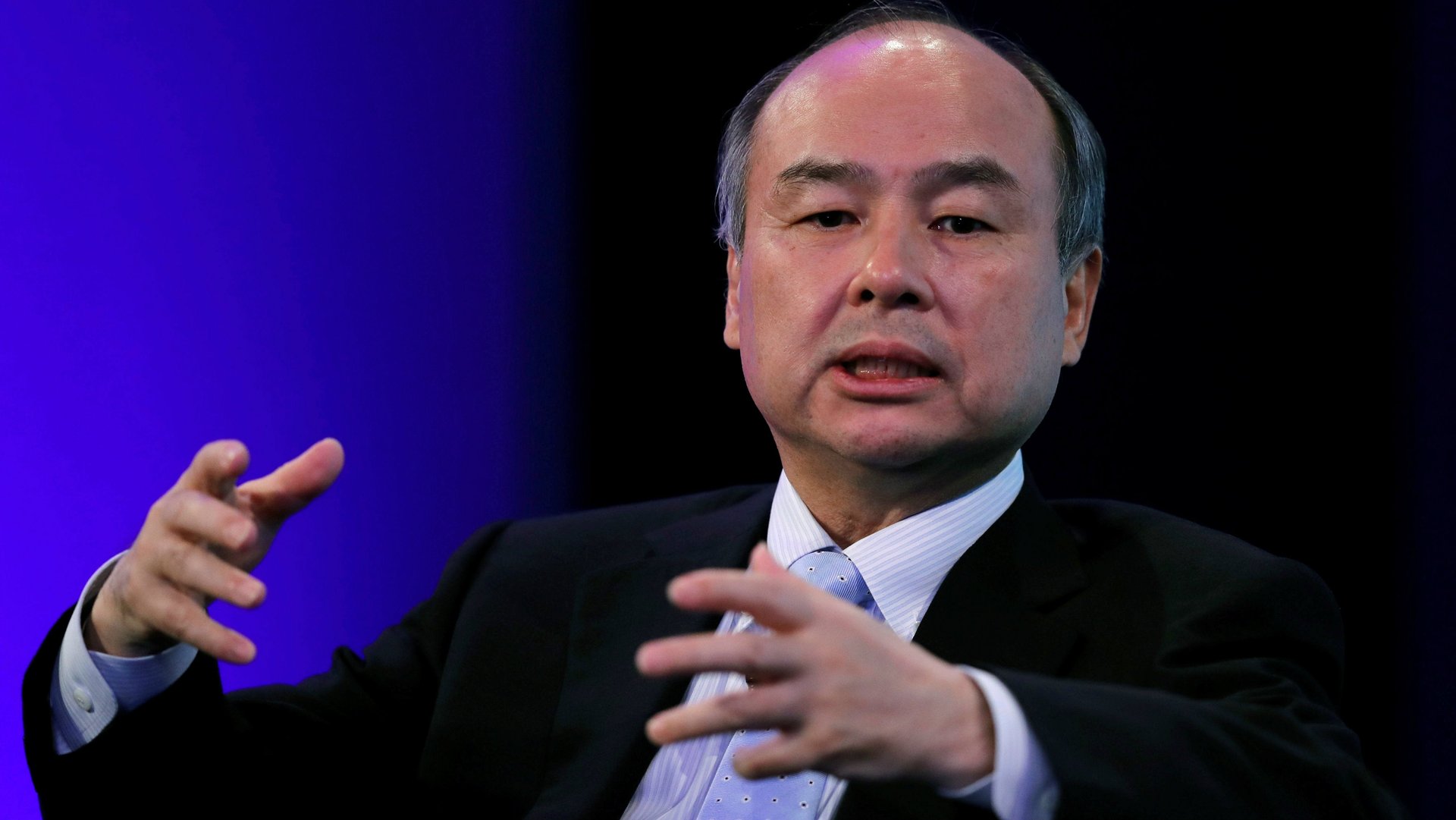SoftBank’s latest deal plays nicely with China’s tech goals
With its latest deal, SoftBank, the Japanese telco and mega-investor, gave China leg up on access to advanced semiconductors, one of the technologies at the heart of US-China tensions.


With its latest deal, SoftBank, the Japanese telco and mega-investor, gave China leg up on access to advanced semiconductors, one of the technologies at the heart of US-China tensions.
On June 5 the company confirmed it sold a 51% stake of the China operations of ARM, the chip design design company it acquired in 2016, to a group of Chinese investors.
SoftBank would not disclose the names of the partners in the newly-formed joint venture, but media reports state it will be managed in part by Hopu Investments, a private-equity firm backed by China’s sovereign wealth fund.
The deal comes as China attempts to ramp up its domestic semiconductor industry, as tensions with the United States have spurred Beijing to double down on plans to reduce the country’s reliance on foreign technology.
Based in the UK, ARM provides semiconductor designers with critical blueprints that dictate how their chips work, and collects licensing fees as revenue. It has an enormous influence in the mobile handset industry. As of 2014, the company estimated that its designs were used by 85% of chips for smartphones, tablets, and some laptops. Its clients include Apple, Samsung, and Qualcomm, to name just a few. In July 2016, SoftBank shocked the tech industry when it announced it would pay $32 billion for ARM, which at the time was Britain’s most valuable technology company.
China’s chip makers depend on ARM just like their foreign counterparts—SoftBank estimates that 95% of the country’s advanced chip designs were based on ARM, and adds that IP licensing fees to the country made up 20% of its revenue during its last fiscal year.
Yet ARM still faces pressure in China. Under what’s known as the Made in 2025 directive, Beijing is encouraging private companies, state-owned enterprises, and local governments to produce more core technologies to replace those originating from outside the country.
Semiconductors are a key part of this effort: China accounts for 45% of the global demand for integrated circuits, but imports 90% of its purchases, according to McKinsey. Not long after the US government nearly crippled Chinese phonemaker ZTE by barring Qualcomm from supplying it with processors, reports surfaced that a state-backed fund was close to raising 300 billion yuan ($47.4 billion) to finance development of the domestic chip industry.
ARM has attracted some competition amid this political climate, according Stewart Randall, project director at Intralink, a consulting firm that helps foreign businesses enter East Asia. Some companies like C-Sky, a local CPU maker which owned by Alibaba, have embraced an open-source alternative to ARM’s designs.
ARM’s recently acquired status as a Japanese company, meanwhile, has also rattled Chinese policymakers. Forming a joint venture helps ARM cement its status in the market amid the political climate, argued Randall.
“Arm has attempted to allay Chinese firms’ fears of relying on a Japanese company,” he writes. “Vitally, the JV will be seen as a Chinese company. This means it can become part of the Made in China 2025 program.” he adds.
The deal comes with a risk, however. The US government has raised concerns that companies entering joint-venture partnerships in China face pressure to share their intellectual property with their Chinese counterparts, which later ends up in the hands of market competitors. SoftBank did not respond to Quartz’s questions about what technology, if any, could be transferred to its partners.
Doug Fuller, who researches Asia’s semiconductor industry at Zhejiang University, says that unlike other companies in joint ventures, ARM will likely evade these worries for now. “I suspect ARM will arrange to not expose much of its core tech to the JV,” he says. “They’re not turning over the crown jewels to China.”